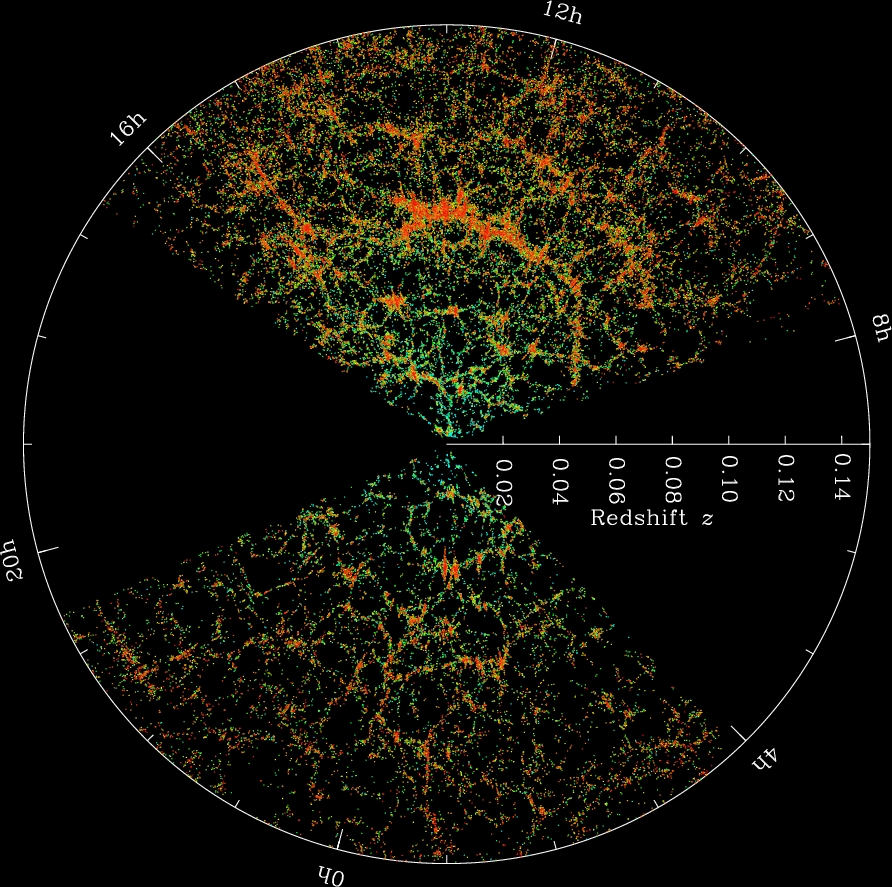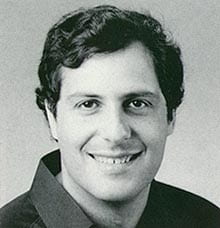Cosmic Surveys

Cosmological surveys map out the distribution of matter in the universe. Some surveys may target a particular type of object by looking for a very particular spectral signal. For example, the HETDEX survey is designed to find a class of galaxies, Lyman-$\alpha$ emitters, at a time when the universe was about 10-11 billion years younger than it is today. By precisely measuring how those galaxies are receding from us, HETDEX will provide a new constraint on the expansion rate of the universe and the role of dark energy in the past.
Other surveys collect light across a wider range of frequencies. For example, the Rubin Observatory Legacy Survey of Space and Time (LSST) will take optical images of a large fraction of the sky, nearly every night. LSST will detect nearly 4 billion galaxies that can be measured so precisely that distortions in galaxy shapes due to gravity can be used, statistically, to map out how both dark and luminous matter are distributed in the Universe. Because LSST will image the same part of the sky so often, it will also capture the variations of light emitted by objects that are changing rapidly, allowing studies of the dynamic universe.


